Contents
It would seem, well, why try to grow radish seeds yourself? There is a huge choice of any kind of varieties: domestic or Dutch, intended for the greenhouse or open ground, with a wide variety of characteristics. But many summer residents who are serious about the garden prefer to get their own radish seeds in order to be sure of germination, preserving the qualities of the variety. Often there is poor quality seed in bright bags, Dutch hybrids (with F1 in the name) become more and more expensive with a small amount of seeds in a bag.
How to get seeds
Getting radish seeds in your garden is not difficult at all. They lie perfectly and remain viable for 6 or more years. Experienced gardeners who have organized the cultivation of several varieties receive them every year from one variety, constantly replenishing their stocks, without the need to purchase expensive Dutch seed at all.
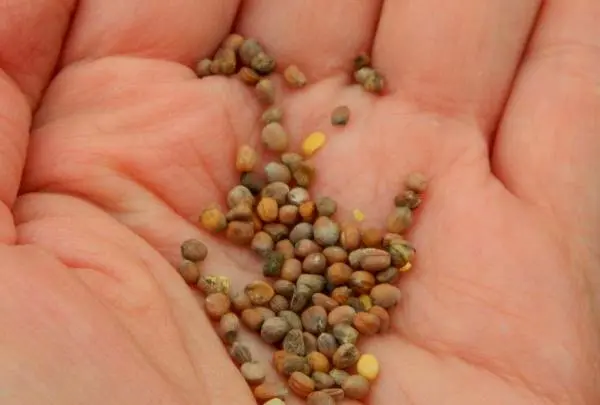
If you don’t know which variety to choose, then buy a few of the ones that you like with their description or those that you have already tried. Plant the seed in the area as you normally would, and then select the seed(s) you want to grow next year. The choice must be made after sampling the harvest – when you taste the root crops, you will see how they grew. So you can easily decide which radish seeds to choose.
No need to try to propagate Dutch (or other) F1 hybrids. Their seeds do not retain their varietal characteristics. If you get Dutch F1 seeds and then sow them, they may not sprout at all, or their germination will not produce a crop.
The fact is that the authors of these Dutch F1s are trying to protect their products, this is their income, which they want to have consistently. But there are many real varieties of early or late radishes, the seed of which perfectly retains its properties.
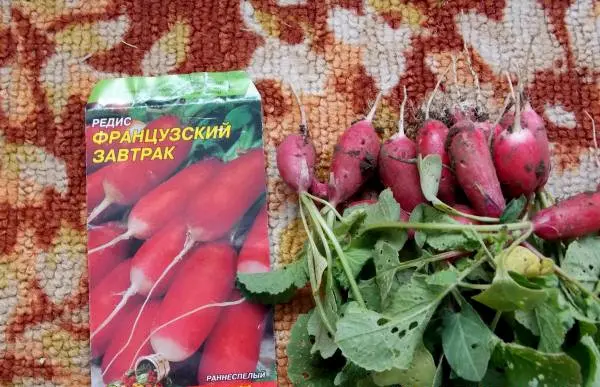
With an increase in daylight hours to 13 or more hours, the radish shoots, that is, it forms a peduncle, which makes its root crop rough, hard and tasteless. The flowers bloom are modest, four-petalled, white, yellow or lilac in color with a strong pleasant smell that easily attracts insects. Radish is a cross-pollinating plant, but it can also be self-pollinating. It pollinates easily with different varieties or with radishes. Pollen is carried by insects or wind.
After pollination, it forms a fruit-pod, and from 4 to 8 pieces can form in it. Radish seeds are very small – 1000 pieces and weigh 10 g on average. Only half a glass of seeds is collected from 10 seed (or mother) plants.
Features of growing radish for seeds
Radish seeds can be obtained in two ways – transplanted or direct. The second is usually used in industrial cultivation, it takes up to 160 days. The transplant method allows you to get the result a little faster – about 120 days after germination is enough. In addition, it allows you to make a more accurate selection of plants for propagation. The choice of planting material is easier to do when the crop ripens massively and when all varietal differences are visible.

You need to choose a plant with a large, even in shape and color of the root crop, make sure that it does not crack, is in no hurry to form an arrow. When a plant with a high-quality root crop is selected for reproduction, one can hope for the same offspring.
The selected plant (preferably several) is taken out of the ground, inspected carefully. If the choice is confirmed, then the spine is shortened to 3 cm, the outer leaves are removed, leaving 3 or 4 in the very center of the rosette – this should stimulate the formation of a peduncle. The root is dipped into a special mash, made from equal parts of mullein and clay, diluted with water to a liquid state. This will help to quickly form new roots and save existing roots from drying out during all these manipulations. Plants are planted on a light bed protected from the wind at a distance of up to 50 cm from each other, away from radishes and radishes. Root crops are buried in the soil by 2-3 cm, watered abundantly.
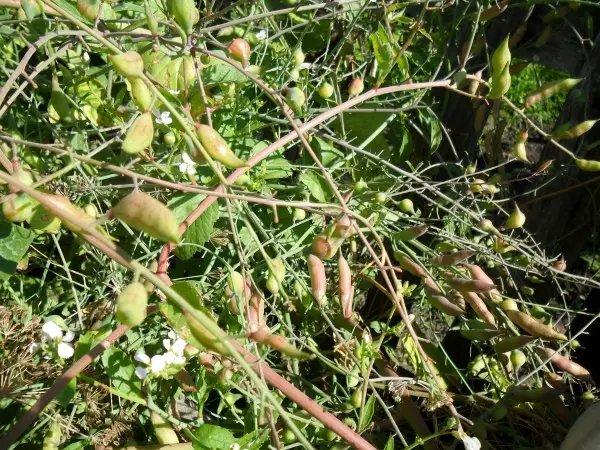
In order to protect against possible cross-pollination, plants are covered with a film or non-woven material during flowering. The bed is closed as soon as at least one flower appears. The fact is that cross-pollination is possible, even if a radish of a different variety or a radish blooms at a distance of up to 500 m. If this happens, then the seeds will not retain their varietal qualities, it will turn out like with Dutch F1 hybrids – there will be no shoots or no root crop is formed. If seed of different varieties is grown on the site, then the beds with it should be placed as far as possible and carefully covered.
After 2 weeks, when flowering has already completely ended and pods have formed, the covering material is removed, and high arrows are tied to a support to protect them from accidental damage. For the prevention of diseases and pests, plants are treated with “Soon” or “Fufanon”. After a month, the seeds begin to ripen, and birds begin to take an interest in them. To protect them, they are again covered with non-woven material. During cultivation, seed plants are cared for in the same way as before – they are watered, weeded, and the earth around them is loosened.
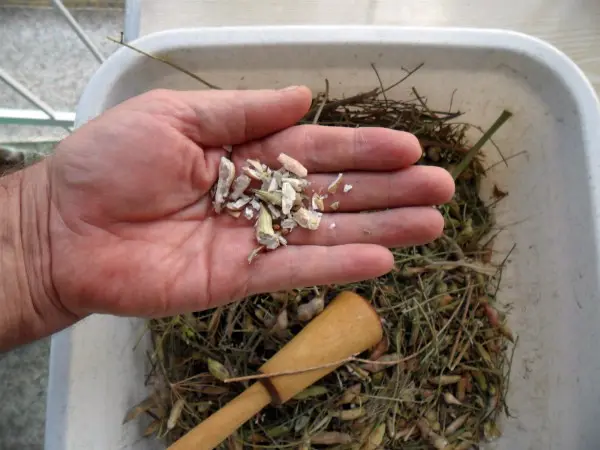
Seed collection and extraction technology
In early radishes, the fruits ripen in August, in late – in September. You need to collect them after the pods begin to open.
They are cut directly from the stems, tied in bunches, hung by the stems until completely dry in a shady place, for example, in the attic. Under them, you certainly need to lay sheets of paper on which the seeds will fall.
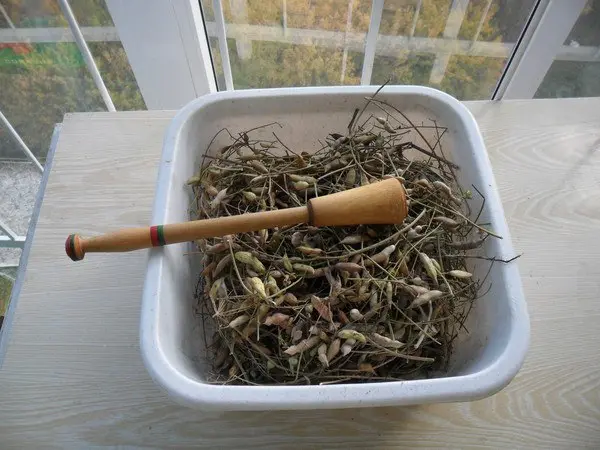
When the stems with pods are completely dry, the pods are collected and rubbed with the hands along with the seeds. After that, they are separated from small light debris using a jet of air. You can use a fan. By pouring the resulting mixture next to a moving air stream, it is possible to separate heavy seeds (they will fall on the underlying paper or cloth) from light debris and underdeveloped seeds, which will be carried by the air stream to the side. After that, the seeds themselves are sorted, sifting them through a sieve with the desired mesh size, usually 2 or 3 mm.
Only large seeds need to be collected and left for future cultivation, they will have high germination and an excellent harvest. You can get seeds in this way from any full-fledged radish varieties, but not from Dutch hybrids.
Video “Collection of radish seeds”
This video will show you how radish seeds are harvested for spring sowing.









